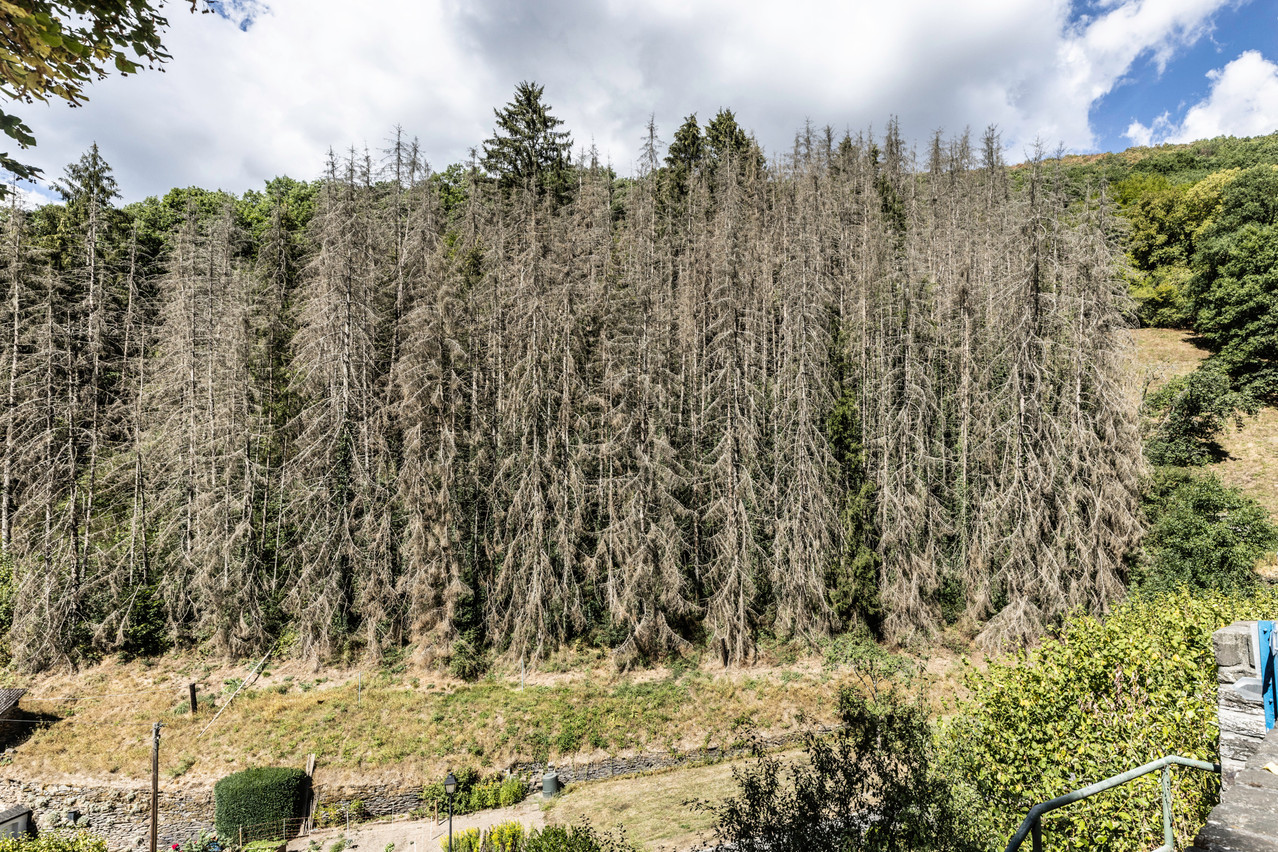Under the grand duchy’s nature protection laws, the government every five years must present a strategy on how to protect better preserve its natural resources, with a new plan covering the period until 2027 with a horizon to 2030 adopted by the government at the end of January and presented on Thursday.
“It’s about nothing less than our livelihood,” said environment minister Joëlle Welfring (déi Gréng) during a press conference. “Nature isn’t doing well.”
Half of natural habitats are in bad condition, data presented by the minister showed. Another 18% are in an unfavourable condition. Every year, the equivalent of 240 football pitches in Luxembourg is developed and cemented over. Under plans by the spatial planning ministry, this will be reduced to 120 by 2035.
The new nature protection plan rests on four pillars. The first is to establish a coherent and efficient network of nature protected zones. Luxembourg is close to reaching a 30% target with 27.8% of the country already protected. A particular focus is on protecting forests.
A second pillar is focused on the restoration of natural habitats, with a third aiming to work closely with different players to implement the plan nationally and a fourth targeting the implementation of projects internationally.
For example, Luxembourg supports a project to restore the Djoudj national bird sanctuary in Senegal, which has been eroded through illegal rice farming. The budget for international projects will quadruple with the next plan.
In total, implementing the plan comes with a price tag of €790m until 2030. This is compared to €94.5m for the period from 2017 to 2021.
6,000 projects in last plan
The national plan follows recommendations by the EU’s biodiversity strategy for 2030. Input also came for a national environment monitoring body, the citizens’ climate council and a public consultation that resulted in 254 recommendations, around two thirds of which were included in the final version of the plan.
In the next steps of the plan’s implementation, a search for land that could be protected and talks with owners will begin. There will also be a call for projects that will be financed by the ministry, for example to protect specific species. And the ministry will work with communes, which hold a lot of authority on how their land is managed.
Welfring said she supports a voluntary approach based on awareness-raising and supporting communes. Legal obligations should only be a last resort solution, she said. The national plan will be an important guideline for communes, said Doris Bauer who works with the SIAS, an association of communes in the east of Luxembourg.
In the framework of the last edition of the nature protection plan 6,000 projects were implemented across Luxembourg, from planting trees and digging ponds to action plans to save endangered species.
Luxembourg is the most fragmented country in Europe, and its share of built-up land is higher than in other EU countries.
